TikTok has quickly become a central part of daily life for millions of users around the world. With its short, addictive video format, it has changed how people interact with social media and become a vibrant platform for creative expression. However, there is a darker side that cannot be ignored. The endless stream of viral challenges, while often appearing to be harmless fun, can pose serious risks—especially to kids and teens. Many of these challenges are not only dangerous but potentially life-threatening, leading to serious consequences for mental health, safety, and overall well-being.
TikTok challenges can be especially dangerous when they involve extreme or reckless stunts. These often expose participants to serious harm. For example, the Devious Lick trend, where students stole or vandalized school property, and the Skull Breaker Challenge, which resulted in multiple injuries and even hospitalizations, have shown how dangerous viral trends can be. A 15-second video might seem exciting, but it can encourage dangerous behavior just for the sake of views.
This is particularly risky for children and teenagers, who are often influenced by peer pressure and a desire for online validation. They may not fully understand the consequences of their actions. But adults are not immune either—many are drawn in by the temptation of TikTok fame and participate in harmful trends with serious consequences.
Some challenges, like those asking participants to reveal personal secrets (e.g., the Truth or Dare Challenge), can lead to emotional harm. These often violate personal boundaries and leave individuals feeling exposed, embarrassed, or socially isolated.
Whether young or old, the constant need to gain likes, shares, and comments on TikTok creates a toxic cycle of comparison and validation-seeking. Sociologists have noted that the chase for approval in the form of likes or “thumbs up” can lead to feelings of inadequacy and low self-esteem.
Challenges that ask users to compare their appearance, talents, or accomplishments to others can worsen body image issues and damage self-worth—especially among teens and preteens.
Furthermore, TikTok’s algorithm rewards engagement. This means that the more viral a challenge becomes, the more it gets promoted, encouraging more users to join in. The result is a growing pressure to participate, even if the challenge is unsafe or emotionally damaging.
While TikTok offers a fun and creative outlet, the dangers of viral challenges must not be underestimated. It’s essential for users—especially younger ones—and their families to stay informed and cautious. Awareness, critical thinking, and strong digital boundaries are key to staying safe in the fast-paced world of social media trends.

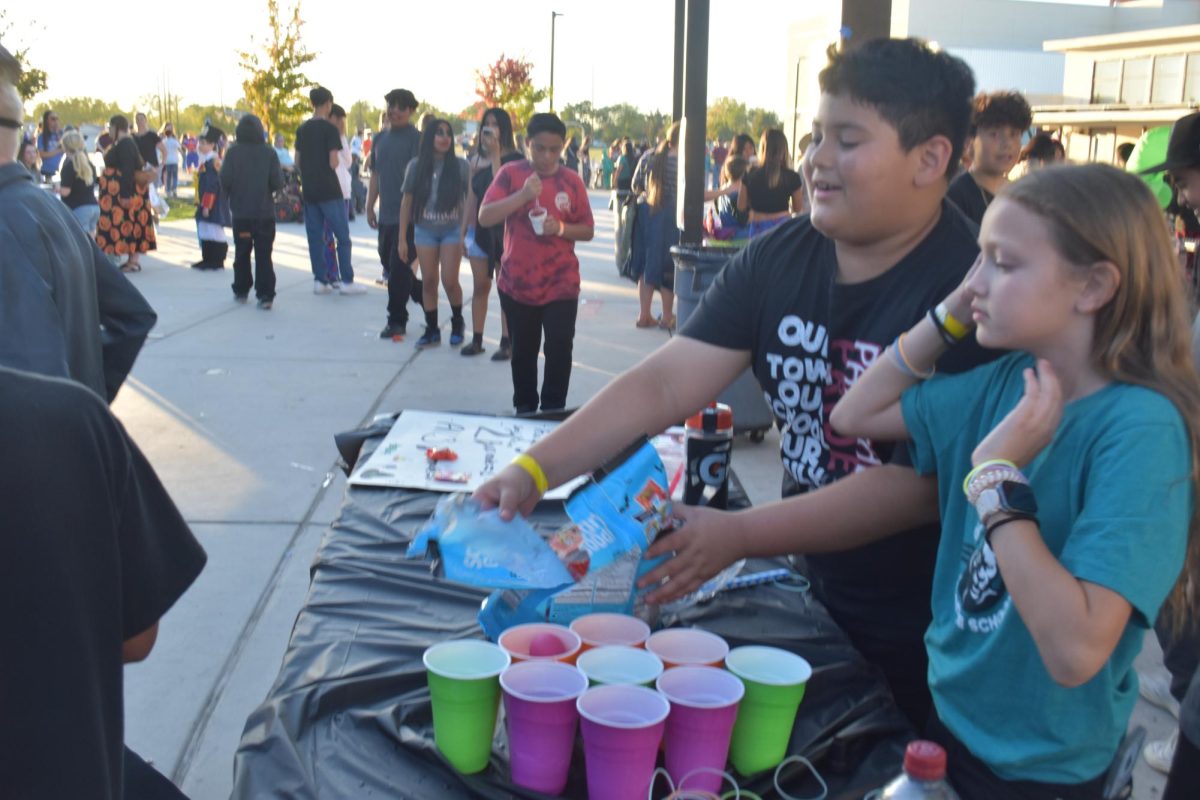


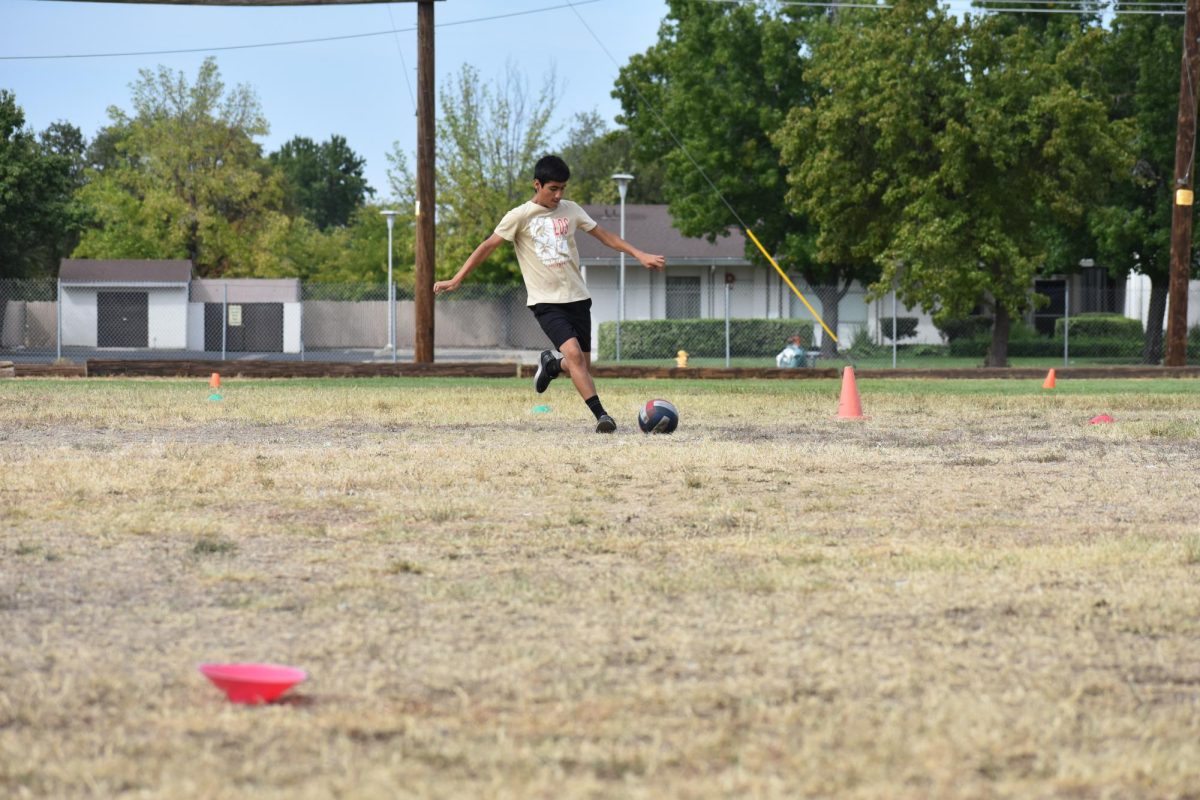
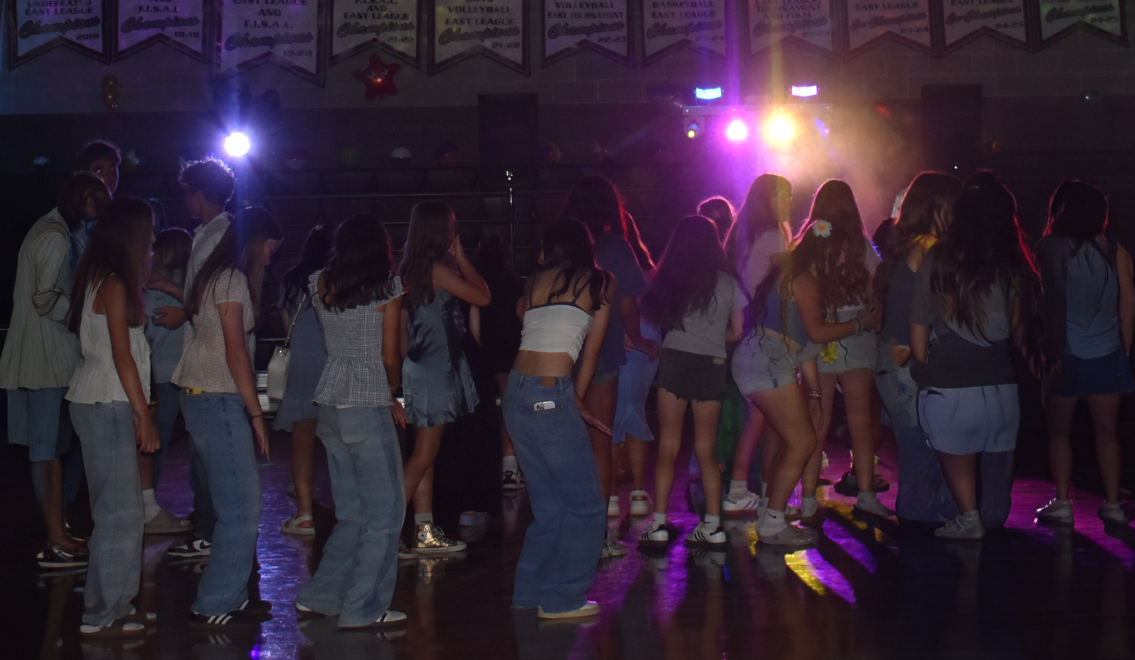






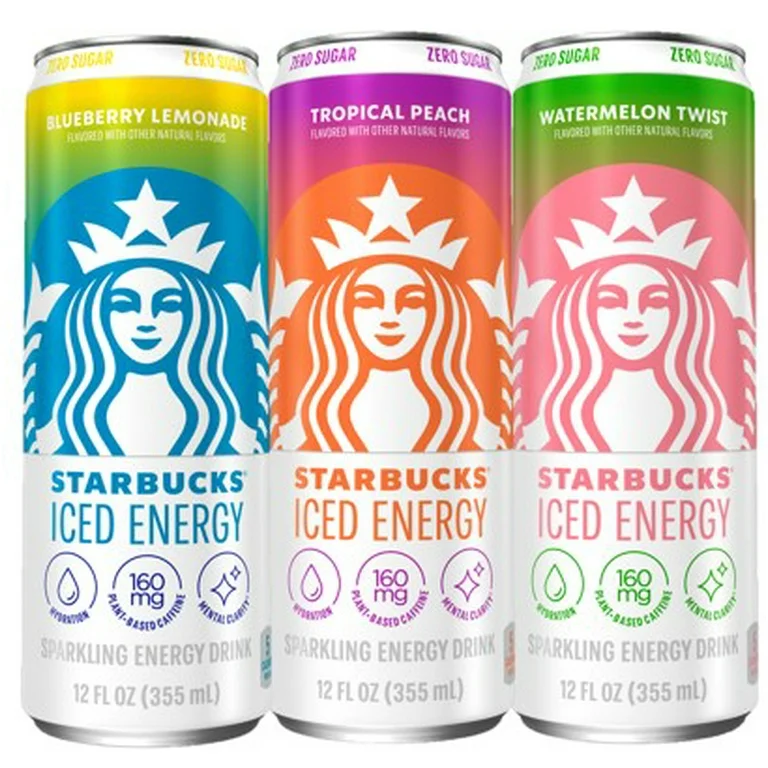



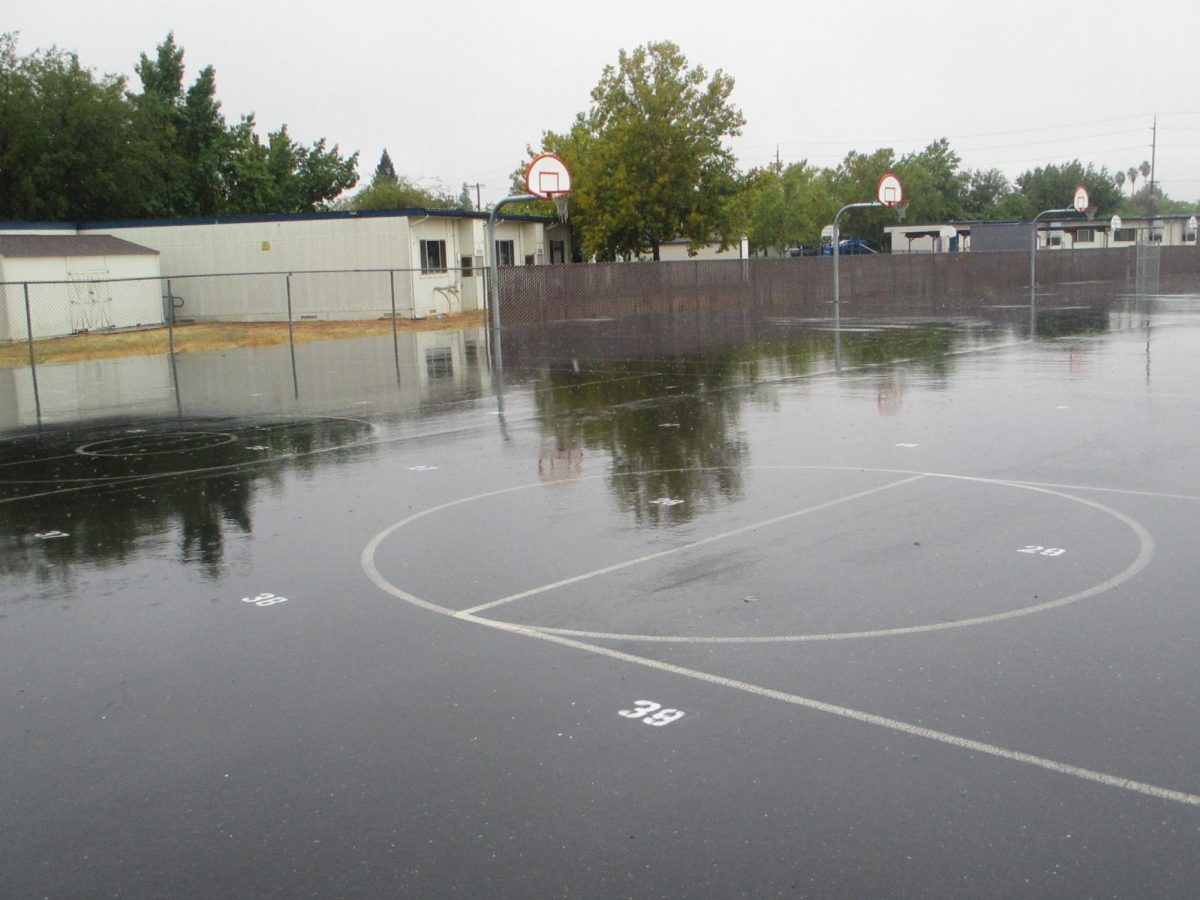
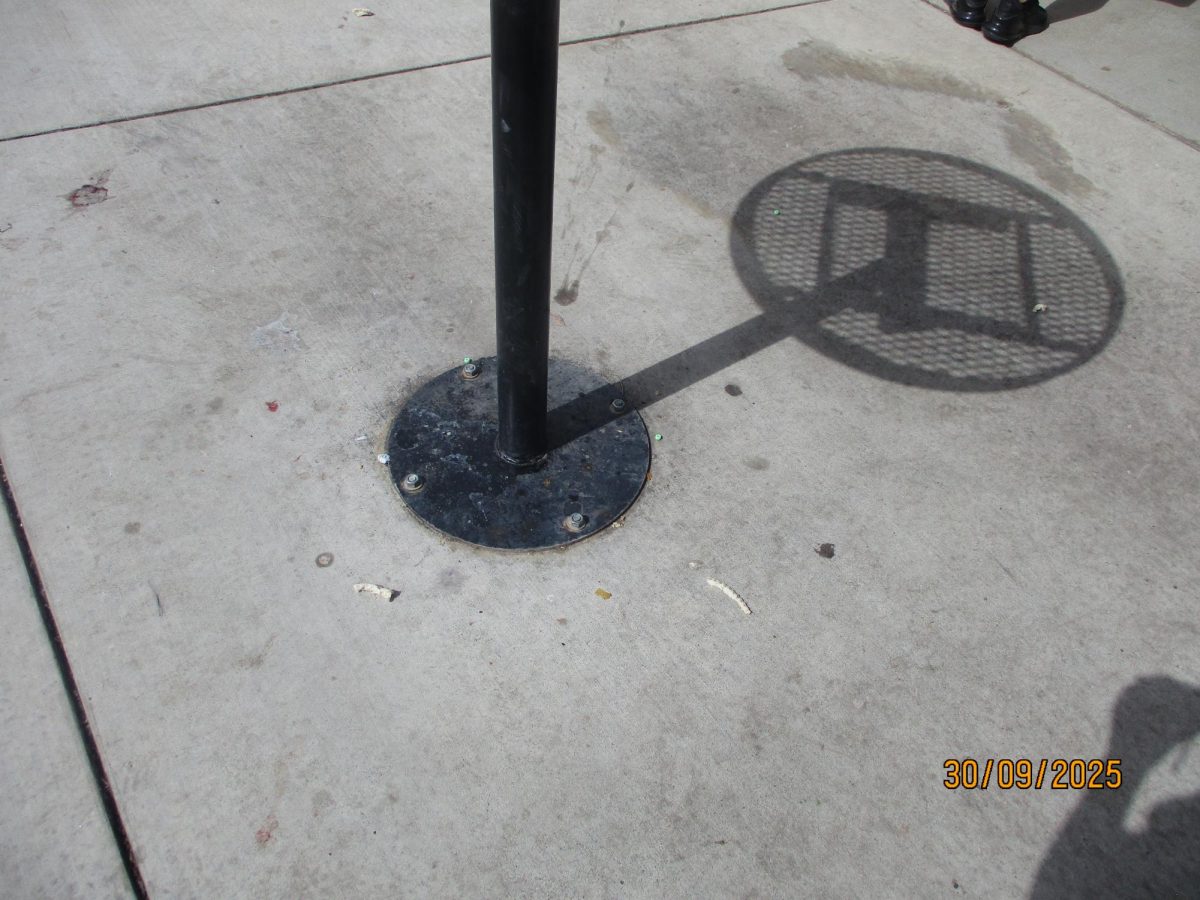

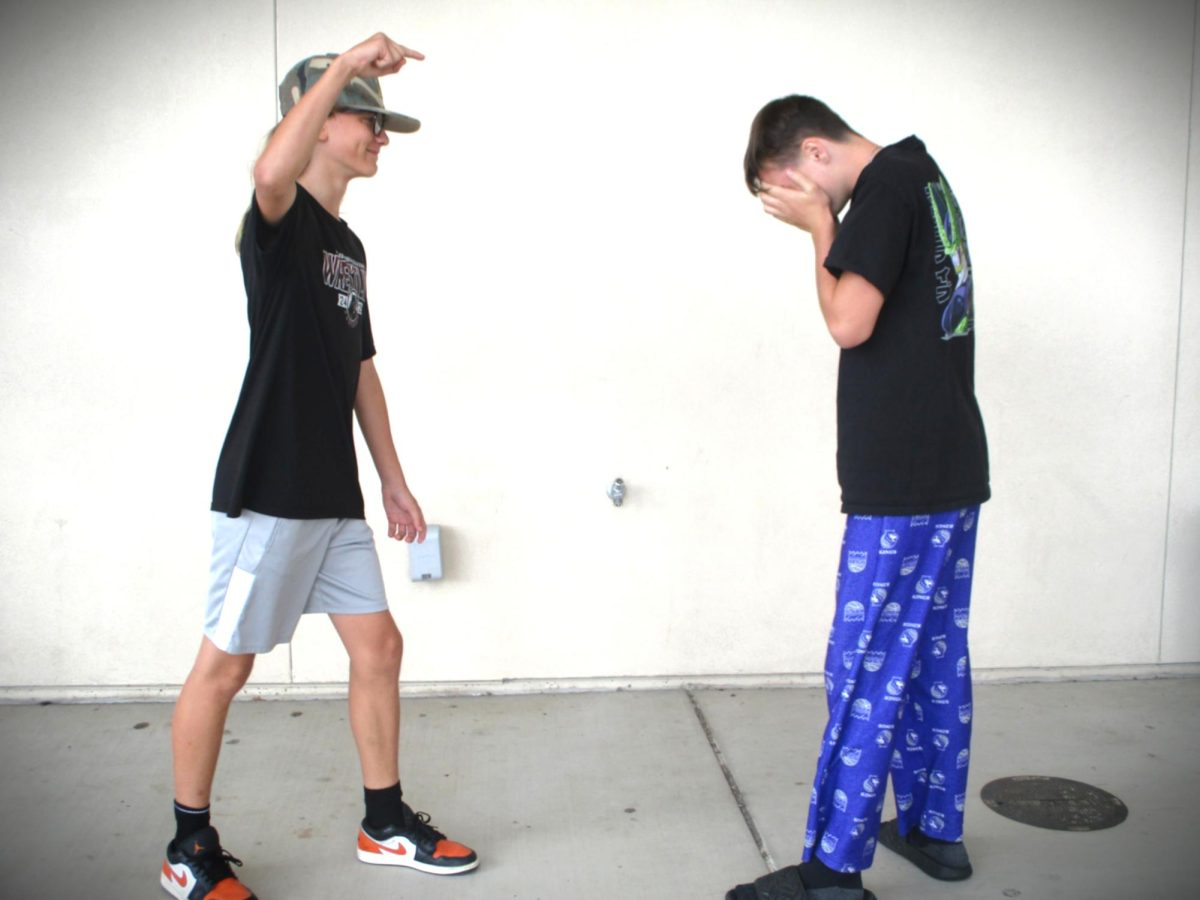













Leila G. • Apr 23, 2025 at 11:23 am
It’s really sad to think about how many people get injured from doing these challenges.